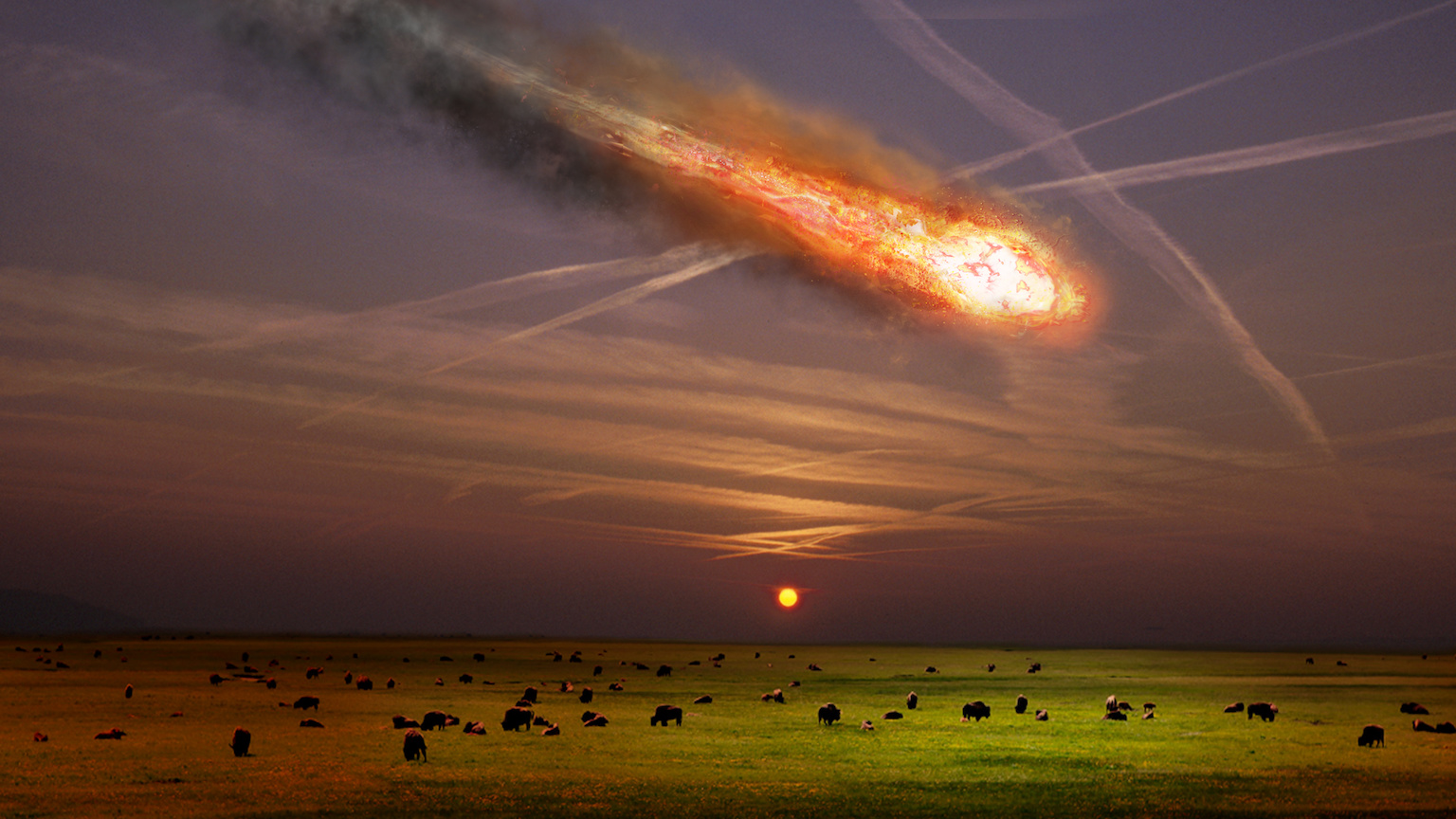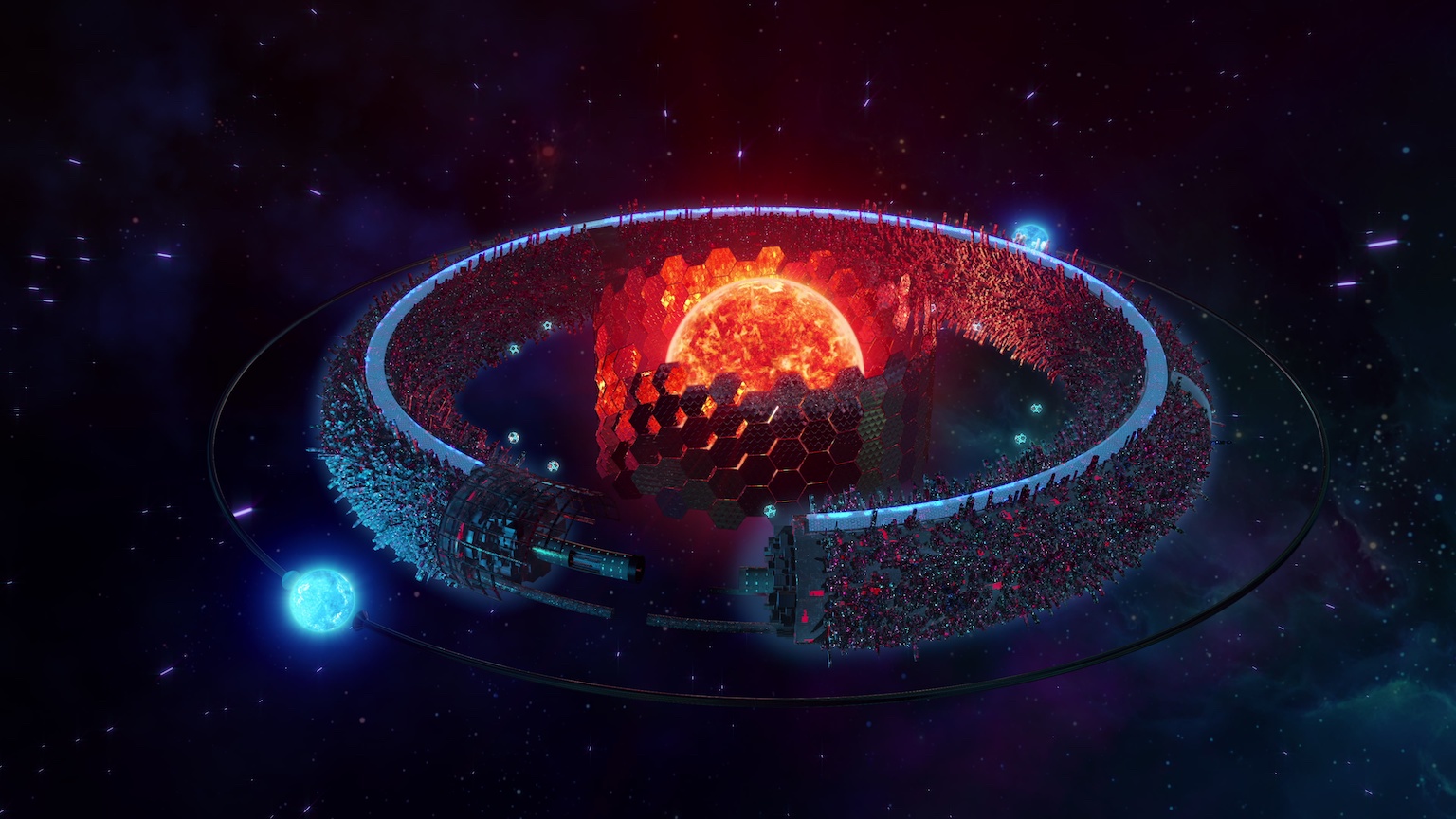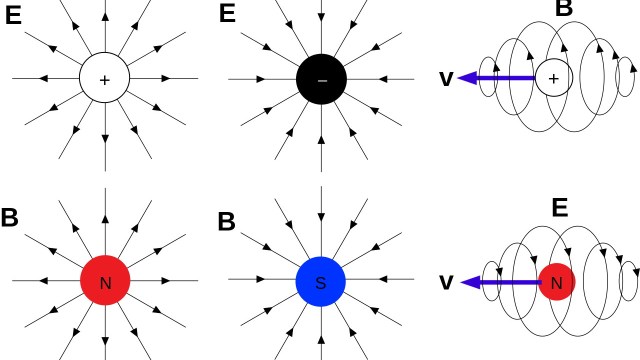The search for biosignatures is hard. Should we look for technosignatures instead?

- Our quest to find life on other planets is currently tuned to biosignatures. But this search is far from straightforward, and there is always the risk of false positives.
- The best scenario we can hope for is to find a complex biosphere that produces multiple lines of evidence pointing to life. But what if we focused instead on technosignatures — evidence of technological activity from advanced civilizations?
- If a planet hosts technologically advanced life, it stands to reason that it would also host less complex life forms, and we should expect to see both kinds of signatures.
In our quest to detect life on other worlds, the current state of the art is to look for biosignatures — specific chemicals or combinations of chemicals that suggest an Earth-like biology in a planet’s atmosphere or on its surface. Chlorophyll is a good example. It would certainly grab our attention if we saw a planet showing the so-called vegetation red edge — the rapid change in reflectance at near-infrared wavelengths that is a marker of the presence of vegetation. Many more molecules have been suggested as biosignatures, specifically those unlikely to be produced in large quantities by non-biological processes.
False biosignatures
Discovering a biosignature on another planet may not be straightforward, however. There are two major problems, the first of which relates to detection levels. A truly conclusive discovery will probably require finding a large biosphere producing specific molecules in great quantities. For an Earth-type biosphere, that would mean widespread photosynthetic life on the planet’s surface.
The other problem is the possibility of false positives. Since we will have very limited information about any exoplanet for the foreseeable future, the danger of misinterpretation will always be there. A planet’s environment could be strange, unlike anything we know, and it might produce chemical compounds through some abiotic process that on Earth can only be produced by biology.
The best scenario we can hope for is to find a complex biosphere that produces multiple lines of evidence pointing to life — say, something equivalent to a tropical rainforest on Earth. In such a case we would expect to see large quantities of chlorophyll, or of some other light-harvesting molecule such as rhodopsin or carotenoids. If we are lucky, we might also be able to observe a vegetation red edge — its exact wavelength would depend on the specific life-harvesting molecule. In addition, a rainforest would interact with the geosphere of the planet, affecting its climate, especially the global cloud distribution and regional precipitation patterns. A rainforest also would release volatile organic compounds. All of these indicators could in principle be detected by future telescopes.
Artifacts in space
So far we’ve been talking about finding plant life on other worlds. But discovering technosignatures — evidence of alien technology — might be easier and more straightforward. A recent paper by Jacob Haqq-Misra and colleagues from the Blue Marble Space Institute of Science, published in the journal Acta Astronautica, provides a very good overview of current speculation in that regard. The authors distinguish among different kinds of technosignatures. These could result from energy-intensive illumination, surface modifications, atmospheric pollution, non-terrestrial artifacts, or megastructures.
An example of energy-intensive illumination would be city lights at night. In principle, a single candle can be seen from more than a mile away if there is no other light source to compete with. City lights are obviously a lot brighter, but given all the stars in the sky, it would still be a challenge to pick out some alien metropolis on a planet several light-years away.
Still, the authors estimate that the lights from an alien civilization may be visible using upcoming telescopes such as LUVOIR (Large Ultraviolet Optical Infrared Surveyor) — that is, if the planet has 12 times the amount of urbanized area that Earth does, and depending on what type of lighting the aliens use.
Surface modifications on a planet could be detectable as well, if they are large enough. Manasvi Lingam and Avi Loeb suggest that large-scale photovoltaic arrays used to harness energy from other stars might have distinctive spectral features that future telescopes could recognize.
Another possible technosignature is atmospheric pollution. On our own planet, an example of this is the chlorofluorocarbons that have damaged our atmospheric ozone layer. Here we have to guard against anthropocentrism — alien civilizations might have no use for spray deodorants or refrigerators. But if CFCs were detected in high amounts on another planet, they would be a convincing technosignature.
Artifacts like spacecraft are another oft-mentioned technosignature, although these would be very difficult to detect over interstellar distances. But even if the spacecraft themselves are not detectable, their propulsion systems might be. We do not know what kind of engine an interstellar vehicle would have, but one powered by nuclear fission, nuclear fusion, or antimatter might be detectable.
Megastructures like Dyson Spheres are often considered among the most easily detectable of technosignatures, in part because they would be so massive. However, as Brooks Harrop and I have shown, such giant structures would not be gravitationally stable, and they would take too much mass to build. A so-called Dyson Swarm, with millions of energy-harvesting satellites orbiting a star, would be more practical, but it would also be much more difficult to detect from a distance.
Technosignatures vs. biosignatures
Even though we have discovered thousands of exoplanets already, we have yet to see a single biosignature or technosignature. There have been a couple of tantalizing false alarms, however. Several years ago, dips in the light curve of Tabby´s star led to speculation about an alien megastructure, but the fluctuations were eventually explained as the breakup of one or several comets. The mysterious Wow! signal detected by a radio telescope in 1977 could have been an intercepted spacecraft communication, but there is still no way to settle the matter for sure.
So where does that leave us? I think the best strategy is to search candidate planets or moons both for biosignatures and technosignatures. If a planet hosts technologically advanced life, it stands to reason that it would also host less complex life forms, and we should expect to see both kinds of signatures. In that case, the chance for a false positive detection would be very much reduced, because we would have evidence produced by independent methods.
If we see biosignatures but not technosignatures, that could suggest a planet where advanced life never evolved. On the other hand, if we detect technosignatures but no biosignatures, we might be looking at a colony of artificial life forms, but no biology. Either of these cases might lead to frustration, though. We would always have to wonder whether we had found a false positive.





